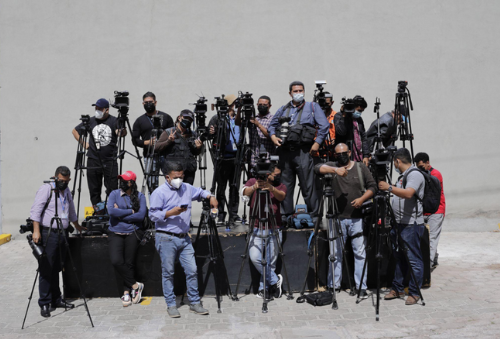
The only office that exists in Honduras to investigate violence against journalists and protect this vulnerable group is the FEPRODDHH, but it has only five prosecutors – all based in Tegucigalpa – without assigned investigators and without legal jurisdiction to investigate murders or assassinations.
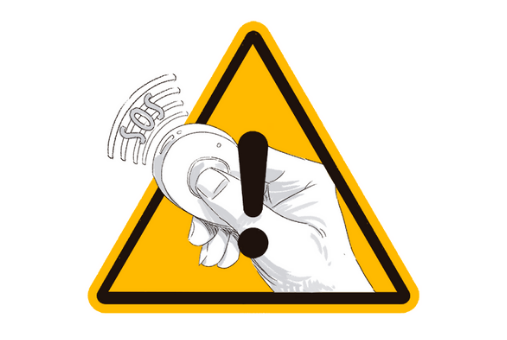
In 2018, the Association of Journalists of El Salvador presented a draft bill for the protection of journalists. After almost three years, the effort was cut short. The initiative was archived when the ruling Nuevas Ideas party took control of the Legislative Assembly. The parties that resumed the discussion at the last minute hold each other responsible for the lack of approval.

Exactly a decade ago, the government of Guatemala committed to creating a plan to protect press workers in the face of growing attacks. That happened in 2012 during a government favorable to the idea, yet all these years later, it still hasn’t been achieved. Some journalists point to a distrust between the government and the press as a source of the problem.

Like other countries in the region, discussions are already taking place in Bolivia to establish a protection mechanism for journalists that would limit violence against them. For now, the projects are confidential, but the violence against journalists that launched them is visible.

As violence against journalists has increased in Latin America, several countries have created protection mechanisms designed to implement safety measures for journalists reporting attacks or threats against them.
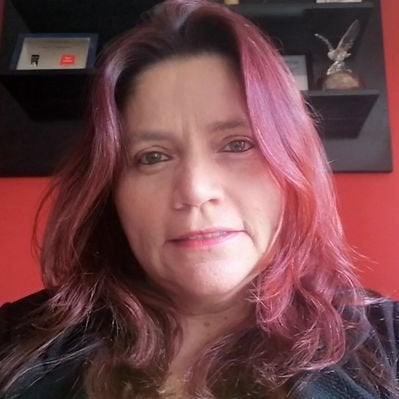
When she found irregularities in the handling of her data, Colombian journalist Claudia Julieta Duque returned her protection mechanism. Duque denounced having since suffered at least two serious security incidents. She also condemned the lack of compliance by the part of the State with the precautionary measures granted to her by the Inter-American Commission on Human Rights (IACHR).
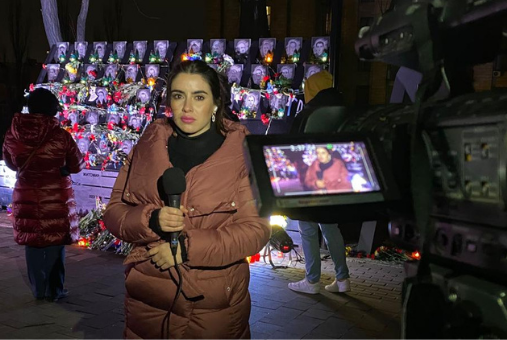
An Argentine, a Chilean and a Brazilian share the challenges they have faced while covering the conflict from the front lines of this Eastern European country. A dangerous environment is not the only obstacle and challenge for journalists in Ukraine. The logistics of coverage have also been complex.

Experts in the coverage of violent confrontations in Latin America warn of the need for comprehensive security training that involves the entire newsroom, from bosses to reporters.
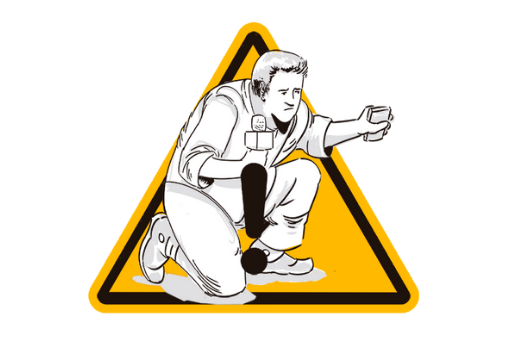
Whether in Mexico or Ecuador, as in Colombia, Honduras or Nicaragua, the coverage of violence has posed new challenges for journalists, because the traditional concept of armed conflict is being challenged in the region. The diversity of armed groups also means broadening the definition of the term. It is not just regular security forces, such as armies or police, and paramilitary groups such as guerrillas, but it can also involve drug traffickers, gang members or private security forces.
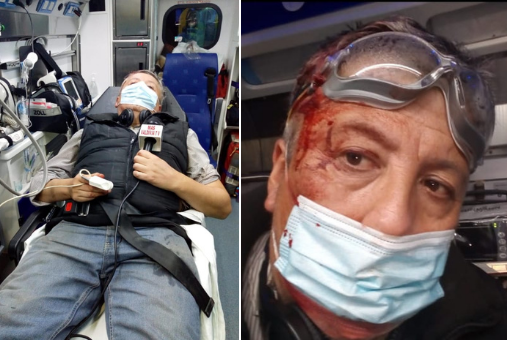
LatAm Journalism Review spoke with five journalists from the region who suffered some type of physical violence in their coverage of recent protests in Chile, Bolivia, Peru, Brazil, and Colombia and shows the vulnerability of press professionals from protesters of different political strata and also from security forces.

“How to report safely: Strategies for women journalists & their allies” is now available as a self-directed online coursethat can be taken through JournalismCourses.org, Knight Center’s online learning platform.

The information on the profile of journalists killed in the last decade in the four countries of the region with protection mechanisms makes clear the need to strengthen them. The data was obtained during the development of the project 'In Danger– Analysis of journalist protection programs in Latin America' carried out by RSF with the support of Unesco.